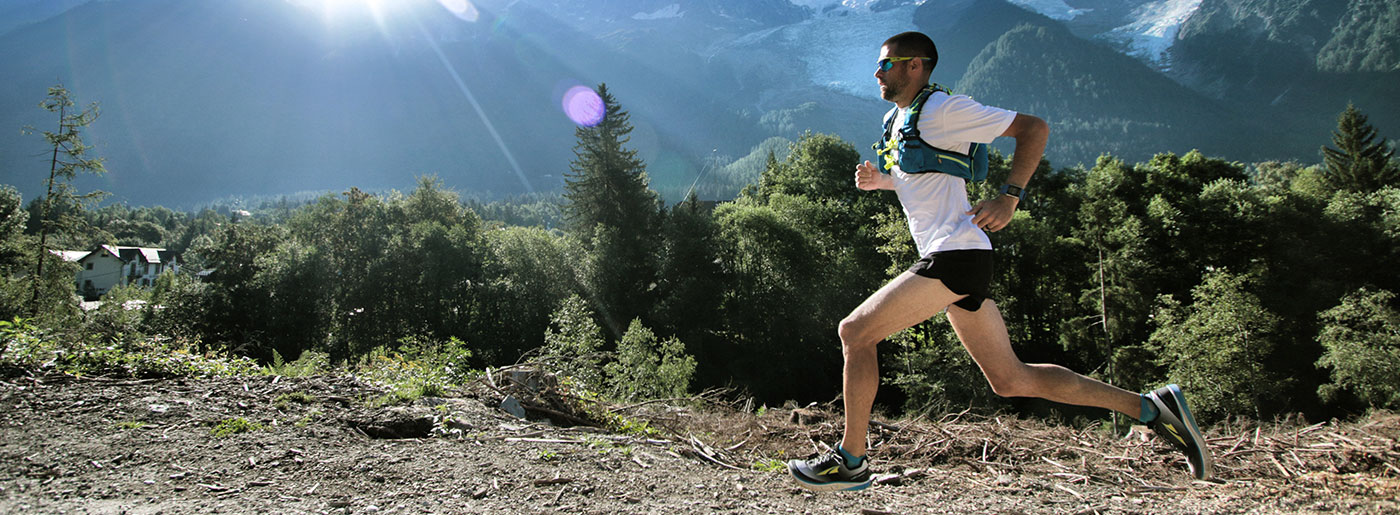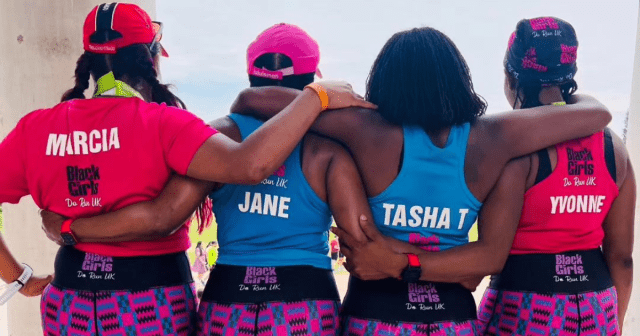Even if you’re not a pro runner, you probably want to see some progress in your running, especially if you’re preparing for a marathon (and even a 5K, 10K and half-marathon take some serious work).
How about you be your own running coach?
After you’ve had your first sweet bites of running success, you’ll start to get hungry for more, thinking of ways to achieve even better results. If you have the opportunity to hire a running coach, why not?
But if for one reason or another, you don’t think a running coach is the right solution for you, how about you be your own running coach? It’s totally doable and can lead to amazing results!
At least, if we take Calum Neff’s word for it – and why wouldn’t we? The guy is a World Record holder for marathon and half-marathon while pushing a stroller and he’s run some of the most grueling foot races on earth, including the Canadian Death Race in 2013, coming in 4th overall (13:54:51, 125 km/77.67 mi with 5,182 m/17,000 ft of vertical climb).
And what’s more, Calum is not one of those to keep his discoveries to himself. To help you get started with self-coaching, Calum has shared his tips for finding and maintaining motivation as a self-coached athlete and the actual tools and technology he uses for self-coaching.
Now – last, but not least – Calum has put together his top picks for reading material and online resources for training and self-coaching. He has also included a list of pro-style running workouts he recommends for his fellow self-coached runners.
Reading Material for self-coached runners
Lore of Running by Timothy Noakes
Although a bit dated, this remains the bible of running and is highly informational.
Daniels’ Running Formula by Jack Daniels
Another classic training book for coaching yourself through any event, with many great training pace charts.
Training Essentials for Ultrarunning by Jason Koop
A guide for training smarter, racing faster, and maximizing your ultramarathon performance.
Runner’s World
Great resources for finding solid workouts to mix in with your own training schedule.
Online References for self-coached runners
Nate Jenkins Training
This online blog is a wonderful resource for some classic workouts and training systems used by previous legends of running.
Running Coach
An online, adaptable training system that can help if you’re not sure what workouts to be doing and when. It syncs from your Polar account and automatically updates workouts and race goals.
It also provides the option to add in real coaches (including Calum Neff) for communications and motivation.
Polar Flow
This free web platform is compatible with the current crop of Polar devices and offers an array of planning, analytical, and social tools. (Great article by Wearable here.)
The app also includes a free Polar Running Program that can help you prepare a personalized running plan. The program works with your Polar running watch and syncs with the Polar Flow app.
Cool Running Calculator
This has long been a classic for calculating pace.
Race Equivalent Calculator
This is a great predictor calculator. You can input a recent result to see what you should be able run (assuming a balanced energy system) in other distances.
Recommended RUNNING workouts by Calum Neff
3-minute Intervals with Equal Recovery
There seems to be something a little magical about the 3-minute interval; almost every running program has it in some shape or form. The hard effort should be around 5K effort; alternatively, on a treadmill simply add 6-10% incline without changing the pace from your warmup (recover at 0% incline).
Marathon Pace
If you are building up to a marathon, then running that goal pace is the key. For example, in a short 6-mile workout (not including warm up and cool down), you could run 3 x 2 mile repeats (or 2 x 3 mile repeats) with a short recovery in between (just long enough for your heart rate to drop into the recovery zone).
On your long run days, after your warm up, you can alternate between 1 mile at MP and the next mile a minute slower, and so on.
Ins-and-outs
A classic workout from the legendary Emil Zátopek consists of simply running the 100m straights on a track hard and the 100m corners as recovery.
Although Zátopek was famous for doing hundreds of repetitions at a time (wow), 2-3 miles is a nice little workout. Just because you are running a marathon doesn’t mean you don’t need to do speed.
Out-and-Back Tempo
Run out 5 minutes and then turn around. Try to be back at the start either exactly at 10 minutes or even running a little further past the start to complete the full 10 minutes of tempo.
This is a great way to practice even and negative split pacing. Increase the duration as you build fitness.
If you liked this post, don’t forget to share so that others can find it, too.
Or give it a thumbs up!
I like this article
Please note that the information provided in the Polar Blog articles cannot replace individual advice from health professionals. Please consult your physician before starting a new fitness program.






